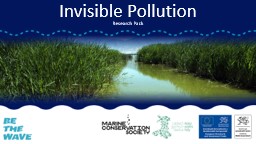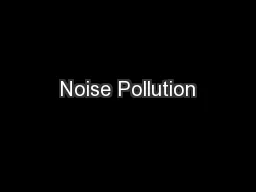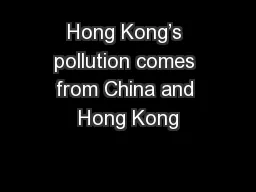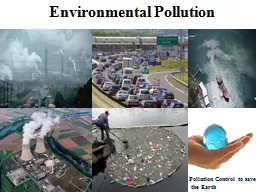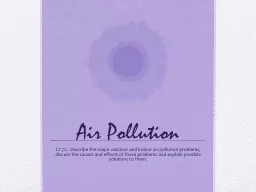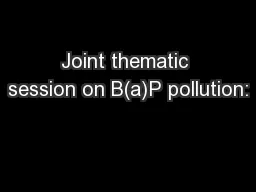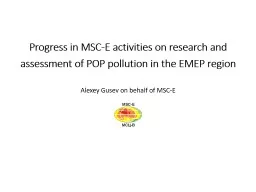PPT-Invisible Pollution Research Pack
Author : jaena | Published Date : 2023-09-20
Keen A Case Study on removing PFCs from their products SOURCING IT EVERYWHERE EASIER SAID THAN DONE With safe alternatives in hand it might sound easy to make the
Presentation Embed Code
Download Presentation
Download Presentation The PPT/PDF document "Invisible Pollution Research Pack" is the property of its rightful owner. Permission is granted to download and print the materials on this website for personal, non-commercial use only, and to display it on your personal computer provided you do not modify the materials and that you retain all copyright notices contained in the materials. By downloading content from our website, you accept the terms of this agreement.
Invisible Pollution Research Pack: Transcript
Download Rules Of Document
"Invisible Pollution Research Pack"The content belongs to its owner. You may download and print it for personal use, without modification, and keep all copyright notices. By downloading, you agree to these terms.
Related Documents

